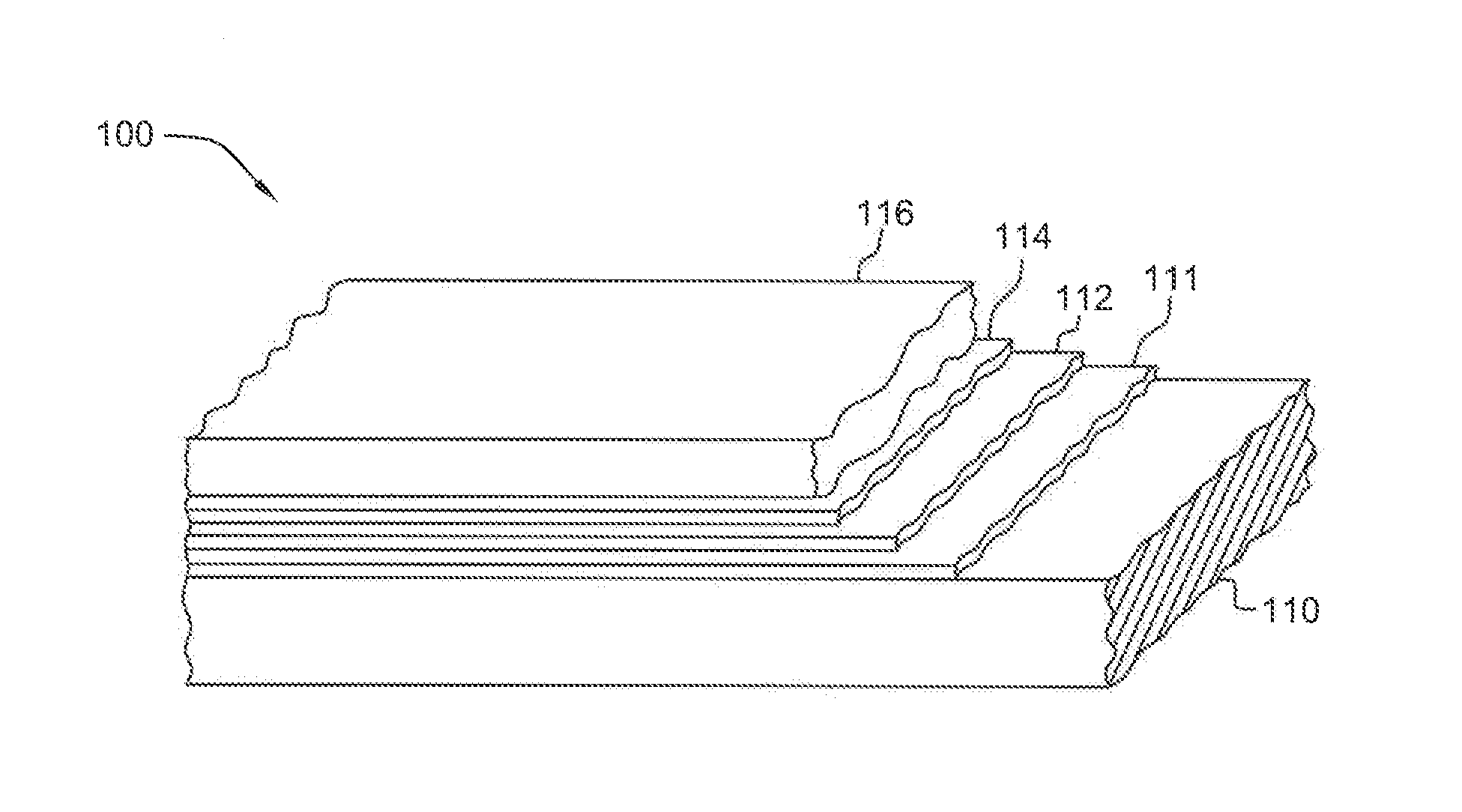Superconducting fault current-limiter with variable shunt impedance
- Summary
- Abstract
- Description
- Claims
- Application Information
AI Technical Summary
Benefits of technology
Problems solved by technology
Method used
Image
Examples
Embodiment Construction
[0034]Various prior applications and patents focus on a quench triggering mechanism for a superconducting fault current-limiter. For example, reference U.S. Pat. Nos. 6,809,910, 6,958,893, 7,283,339, and 7,440,244, the entirety of each of which is hereby incorporated herein by reference. In contrast, the present invention is directed to a superconducting fault current-limiter with enhanced recovery of the superconducting element under load subsequent to limiting of a fault current.
[0035]Certain superconducting fault current-limiter topologies employ a parallel impedance reactance to further limit a fault current and allow a certain amount of current to flow when the superconducting element changes its impedance state from superconducting state to normal resistive state. If a shunt reactance is employed, high impedance values are required in order to increase the quenching dynamics during the fault limitation. However, a high shunt reactance is undesirable after occurrence of the fau...
PUM
| Property | Measurement | Unit |
|---|---|---|
| Superconductivity | aaaaa | aaaaa |
| Electric impedance | aaaaa | aaaaa |
Abstract
Description
Claims
Application Information
 Login to View More
Login to View More - R&D
- Intellectual Property
- Life Sciences
- Materials
- Tech Scout
- Unparalleled Data Quality
- Higher Quality Content
- 60% Fewer Hallucinations
Browse by: Latest US Patents, China's latest patents, Technical Efficacy Thesaurus, Application Domain, Technology Topic, Popular Technical Reports.
© 2025 PatSnap. All rights reserved.Legal|Privacy policy|Modern Slavery Act Transparency Statement|Sitemap|About US| Contact US: help@patsnap.com



